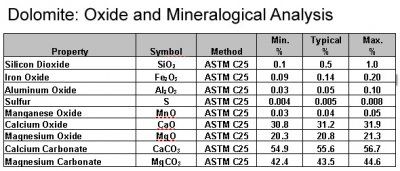Some elements such as carbon or silicon may be considered ceramics ceramic materials are brittle hard strong in compression and weak in shearing and tension.
What is ceramic material science.
Ceramics are typically hard and chemically non reactive and can be formed or densified with heat.
The diversity of ceramic materials and products becomes more easily comprehensible in the following classification.
The density of fully sintered feldspathic porcelain is around 2 45 g cm 3 and will vary with the porosity of the material.
Nowadays the term ceramic has a more expansive meaning and includes materials like glass advanced ceramics and some cement systems as well.
One method of increasing the fracture toughness of a.
A glass ceramic is a noncrystalline material with a ceramic composition.
The density of ceramic materials also depends on the amount and nature of crystalline phase present.
Ceramic materials and the esteemed work of the advanced ceramic research laboratory at the ohio state university.
Materials science materials science ceramics.
While crystalline ceramics tend to be molded glass ceramics form from casting or blowing a melt.
For example one type of ceramic cordierite a magnesium aluminosilicate is used as a substrate and support for catalysts in catalytic converters.
Ceramic comes from the greek word meaning pottery.
It may be crystalline glassy or both crystalline and glassy.
Ceramic and glass science higher education.
The principal advantages of ceramic materials over other materials is their resilience to oxidation and deterioration at eleveated temperatures their high melting points and high compressive strengths.
The clay based domestic wares art objects and building products are familiar to us all but pottery is just one part of the ceramic world.
Examples of glass ceramics include glass stovetops and the glass composite used to bind nuclear waste for disposal.
The requirement that finished parts be able to operate at temperatures high enough to melt or degrade a polymer matrix creates the need for other types of matrix materials often metals.
The theoretical density of 3y tzp dental ceramics is 6 08 g cm 3 assuming that the material is pore free.
It was chosen for this purpose because along with many ceramics it is lightweight can.
Ceramics play an important role in engine efficiency and pollution abatement in automobiles and trucks.
Unfortunately ceramics suffer from a susceptibility to brittle fracture and therefore have relatively low values of fracture toughness.
Learn about the center for advanced ceramic technology at alfred university in new york.
Metal matrices offer not only high temperature resistance but also strength and ductility or bendability which.
A ceramic is a material that is neither metallic nor organic.
Figure 1 represents the clear differentiation between clay ceramic materials of greater than 20 wt clay mineral content in their raw batch and special ceramic materials with oxidic and nonoxidic compounds.
Materials science and engineering.
A ceramic material is an inorganic non metallic often crystalline oxide nitride or carbide material.




























